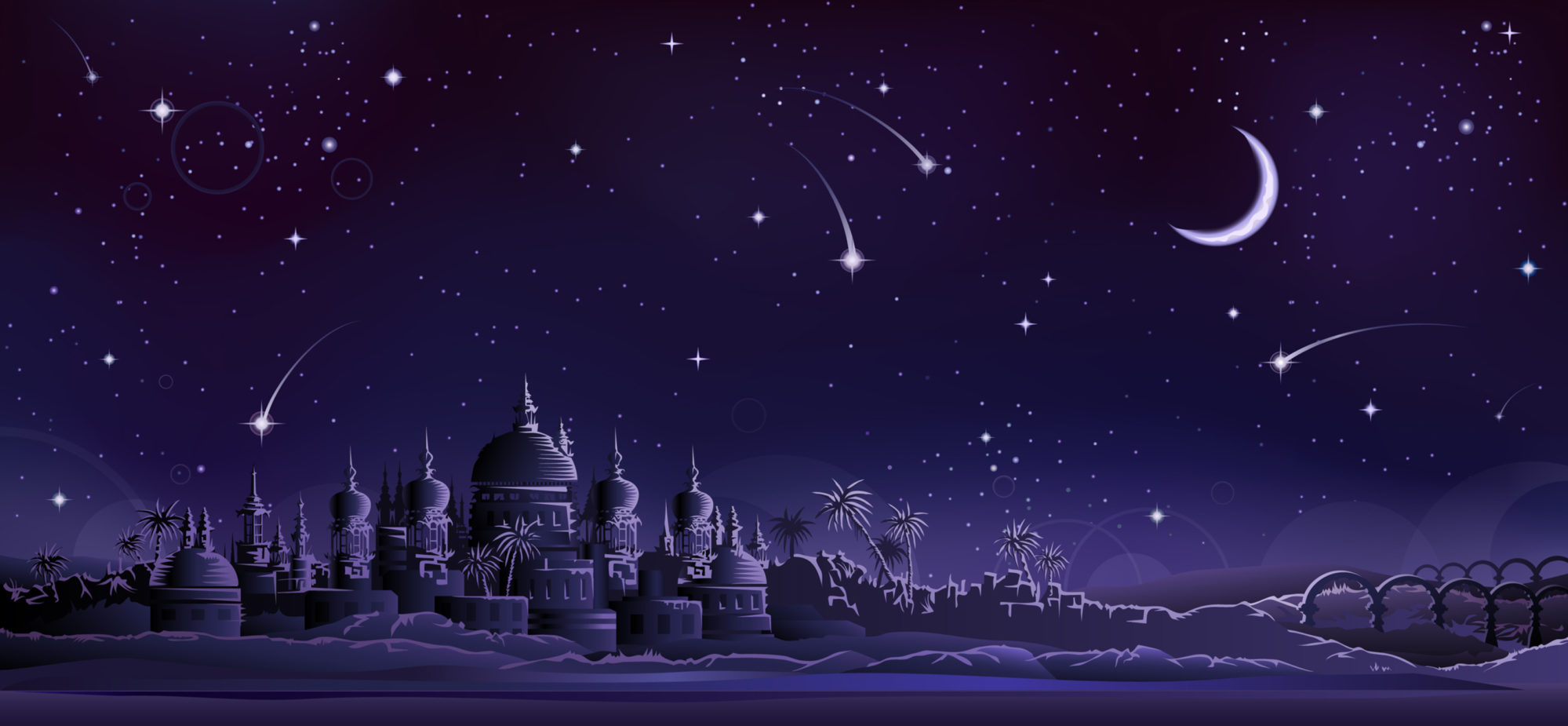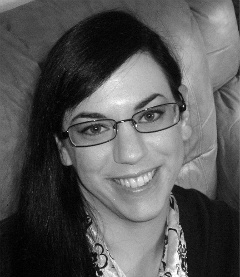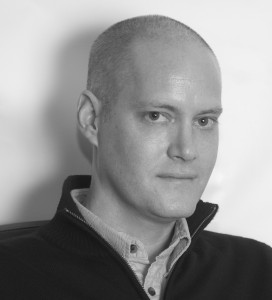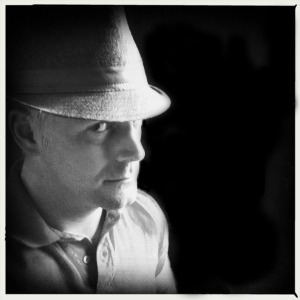I’m cross-posting the on-line interview from my first ‘taggee’ : young adult author Lydia Sharp.
My NEXT Next Big Thing
1. What is the title of your book?
MEANT TO LIVE
2. Where did the idea come from for the book?
As with all my projects, the idea for Novel #6 was a combination of different seeds all germinating simultaneously and progressively. The basic “time distortion” concept is similar to that found in the movie Frequency. But that is where the similarities between that movie and my novel end. (If you have never seen Frequency, by the way, I’m sorry but we can’t be friends until you remedy that malfunction.)
3. What genre does your book fall under?
Like Seven Deaths, Novel #6 is contemporary YA with a fantastical twist. I love writing stories about real teens in the real world that are suddenly faced with something other-worldly that only they can solve. Some call this magical realism. I’ve yet to see anyone agree on the definition of magical realsim, though, so I just call it contemporary YA and let the fantastical elements speak for themselves.
4. What actors would you choose to play your characters in a movie rendition?
God, I really hate this question, because I get too analytic about it. Not that I’m overly picky about who would play my characters (to a point), but I tend to think about the timeline of it all. When your main characters are teenagers and it takes years to publish a book, and then another few years to make a movie (if it even sells as a movie), by the time that happens there are new young actors and actresses to choose from and…
I just hate to commit to saying I would select a certain person who could very well have crow’s feet by the time my book is a movie, and not remain open to the idea of someone who is in sixth grade right now, but would be perfect by the time anyone is making a decision about it.
Sorry, I can’t do it. This question always kills me.
5. What is the one-sentence synopsis of your book?
MEANT TO LIVE is about a boy who receives a message from the future that he is only weeks away from killing himself, but he isn’t suicidal, and now he must reverse his own death before it happens.
6. How long did it take you to write the first draft?
It isn’t finished yet. I’ve been working on it since November.
7. Who or what inspired you to write the book?
I’ve been wanting to write something that involved time travel, or time distortion, for years. Which is odd because I’m not generally a fan of those types of stories. When they’re good, they’re really good. But when they’re bad, they’re really bad. There is no in-between. And I seem to find mostly the bad ones so it’s left a sour taste in my mouth.
But still, something about the concept keeps drawing me back. I’ve had other story ideas in the time travel arena but they never developed properly. This one feels like it’s on the right track.
The first specific inspiration for this specific story, however (aside from the movieFrequency), came quite clearly to me while reading this book. If you haven’t read the book, then I don’t want to spoil it for you by saying how it inspired my idea forMeant to Live. Just read it, it’s brilliant.
Also, this song:
8. Is your book published, upcoming, and/or represented by an agency?
None of the above. It’s still very much a work-in-progress.





